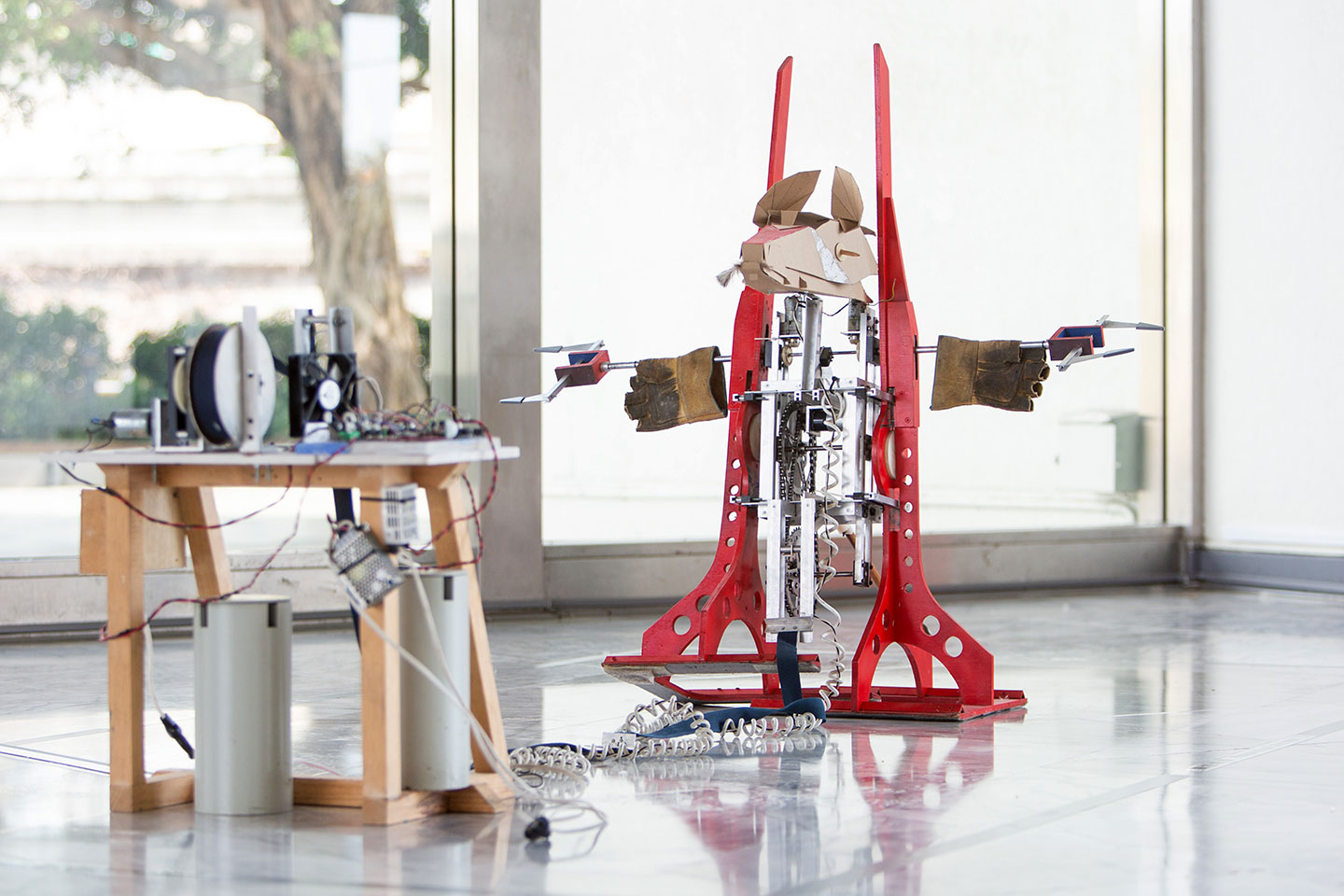See the exhibition pamphlet You and I Don’t Live on the Same Planet, authored by Martin Guinard and Bruno Latour for the 2020 Taipei Biennial.
This is also the planet that has most directly influenced the conception of the biennial and its ideal of “mondialité” (worldness), given that the Taipei Biennial was established in 1984 with the stated mission of promoting international exhibitions.
See Dipesh Chakrabarty’s contribution to this issue, “World-Making, ‘Mass’ Poverty, and the Problem of Scale.”
Chakrabarty, “World-Making, ‘Mass’ Poverty, and the Problem of Scale.”
Jonas Staal, “Propaganda (Art) Struggle,” e-flux journal, no. 94 (October 2018) →.
Bettina Korintenberg, “Life in a Bubble: The Failure of Biosphere 2 as a Total System,” in Critical Zones, ed. Bruno Latour and Peter Weibel (MIT Press, 2020), 185.
Jonas Staal, personal conversation with the authors.
See the recent essay by Simon Sheikh that explores another image of this last man: “It’s After the End of the World: A Zombie Heaven?” e-flux journal, no. 113 (November 2020) →.
See the website for the 2020 Taipei Biennial →.
See John Tresch’s contribution to this issue, “Cosmic Terrains (of the Sun King, Son of Heaven, and Sovereign of the Seas).”
See Bruno Latour, “Seven Objections Against Landing on Earth,” in Critical Zones.
Jérôme Gaillardet, personal conversation with the authors.
We thank the GFZ German Research Centre for Geosciences, especially Niels Hovius and Jens Turowski, and the NCTU Disaster Prevention and Water Environment Research Center in Wuhe and Wulu for their help in realizing this project.
Bastian E. Rapp, “Conservation of Mass: The Continuity Equation,” chap. 10 in Microfluidics: Modelling, Mechanics and Mathematics (Elsvier, 2016), 265–77.
On the topic of “refusing” resilience, see the section “Nous ne voulons plus être appelés résilients” in Matthieu Duperrex, “Arcadies altérées, territoires de l’enquête et vocation de l’art en Anthropocène” (PhD diss., Toulouse University, 2018), 275–80.
Kenneth Pomeranz, The Great Divergence: China, Europe, and the Making of the Modern World Economy (Princeton University Press, 2000).
Milliøns is Zeina Koreitem and John May.
See the website for the 2020 Taipei Biennial →.
